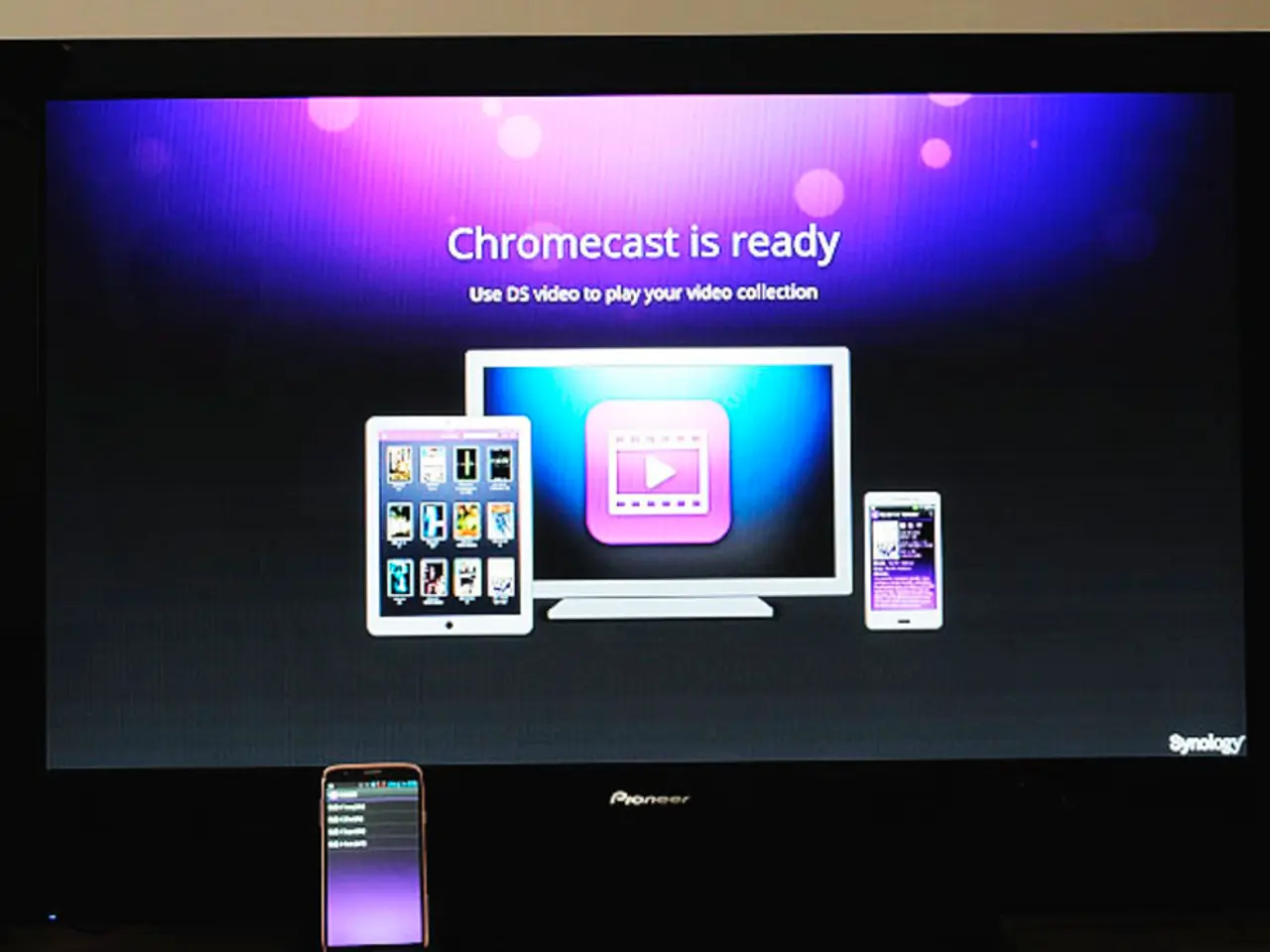Interface Elements and Structuring
In the realm of design, a significant shift has been occurring in recent years, as creators take inspiration from real-world affordances to apply knowledge from the physical world to the digital one. This concept, first introduced by Don Norman in 1988, is known as affordances.
Affordances, initially coined by James J. Gibson, a renowned perceptual psychologist, describe the actionable properties between the world and an actor. In the context of design, these affordances are primarily influenced by current drives, motivations, and imagination.
For instance, in graphical user interfaces, perceived affordances are prevalent. Users understand that double-clicking a desktop icon will open its contents, or that a red square with a white cross signifies closing a window, panel, or page. The ability to right-click and reveal a subset of options is another example.
However, these perceived affordances are not always a direct reflection of the actual, physical possibilities for action, or the real affordances, within a system or object. The distinction between these two is crucial in human-computer interaction. An interface must clearly communicate what users can do to avoid confusion or errors.
Donald Norman, in modifying the meaning of affordances, emphasized that they arise from the relationship between the user and the product. Good design ensures that perceived affordances closely match real affordances, enabling intuitive and effective use.
Here's a breakdown of the differences between real and perceived affordances:
| Aspect | Real Affordance | Perceived Affordance | |---------------------|-------------------------------------------------|------------------------------------------------------------| | Definition | Actual, physical possibilities for action | User's perception or belief of possible actions | | Source of control | System or object properties | Design cues, visual or interactive signals (signifiers) | | Impact on HCI | Enables actual interactions | Guides user expectations and behavior; can cause error if misleading | | Design goal | Ensure functionalities exist | Communicate clearly what functionalities exist |
By aligning perceived affordances with real affordances, designers facilitate smooth human-computer interaction, reducing errors, increasing efficiency, and creating satisfying user experiences.
However, consistency across different interfaces can be challenging, especially with new or innovative products. The designer must provide explicit and implicit cues to help the user determine what effect(s) their interactions will have, when to carry out specific actions, and to help them establish whether these actions have been successful or unsuccessful.
Innovative products introduce new actions, and consistency is still essential. Users must apply their understanding of perceived affordances within the same product. During human-computer interaction, users are able to move a cursor or pointer to click on all parts of the screen and tap the keys on their keyboard, but the meaning and effect of these actions are dependent on what has been programmed by the designer.
In conclusion, the use of real-world affordances in design can potentially create a smooth passage from the physical to the virtual world. However, it also has the potential to influence the user negatively if the required behaviors are similar but the resulting events are unpredictable or the necessary actions inaccurately reflect real-world activities. Designers must strive to maintain a balance between innovation and consistency to provide users with an intuitive and effective digital experience.
In the realm of UI design, the goal is to align perceived affordances with real affordances, as this fosters intuitive and effective user experiences. This balances innovation with consistency and reduces user errors, thereby promoting a satisfying digital experience. Moreover, within the design community, it's crucial for designers to collaborate and share knowledge on utilizing affordances in technology to create seamless human-computer interactions.




